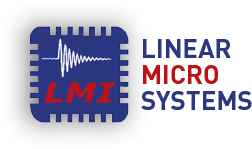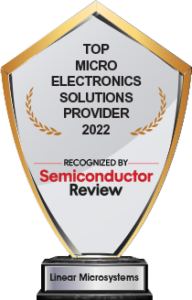How to Choose the Right ASIC Card for Your Mining Needs
Cryptocurrency mining has evolved rapidly over the past decade, shifting from general-purpose hardware, such as CPUs and GPUs, to highly specialized equipment designed to deliver maximum efficiency. At the heart of modern mining setups is the ASIC Card, or Application-Specific Integrated Circuit card, which is engineered to perform one specific function with unparalleled speed and energy efficiency: mining digital currencies. Selecting the right ASIC card is essential to ensuring profitability, efficiency, and long-term scalability in your mining operation.
Key Factors to Consider When Choosing an ASIC Card
Not all mining operations have the exact requirements, and the best ASIC Card for one setup may not be the right fit for another. Here are the most critical factors to evaluate:
-
Hash Rate Performance: The hash rate measures the number of calculations an ASIC card can perform per second. A higher hash rate means greater mining power and a higher chance of solving blocks, but it typically comes with a higher upfront cost and power demand.
-
Energy Efficiency: Power consumption is a critical cost factor in mining. Look for an ASIC card that offers the best performance per watt, as this directly affects your profitability. Even a slight improvement in efficiency can result in substantial savings over time.
-
Supported Algorithms: Different cryptocurrencies use different algorithms (e.g., SHA-256 for Bitcoin, Scrypt for Litecoin). Ensure the card you choose is compatible with the cryptocurrency’s mining algorithm.
-
Initial Investment vs. ROI: Consider not only the upfront cost of the ASIC card but also the expected return on investment (ROI). The most expensive card isn’t always the best option if it doesn’t align with your power costs, mining pool strategy, or long-term goals.
-
Noise and Heat Output: ASIC cards can generate significant noise and heat. For large-scale or residential setups, consider models that strike a balance between performance and manageable cooling and noise levels.
Strategies for Maximizing Mining Efficiency
Once you’ve selected the correct ASIC Card, maximizing its efficiency and lifespan is key to maintaining profitability. Here are some best practices:
-
Proper Cooling and Ventilation: ASIC cards operate under heavy loads and require effective cooling solutions to prevent overheating. Investing in appropriate airflow and, if necessary, external cooling systems can help extend the life of hardware.
-
Regular Firmware Updates: Many manufacturers release firmware updates that optimize performance or improve stability. Keeping your card updated ensures you’re benefiting from the latest improvements.
-
Mining Pool Participation: For most miners, joining a mining pool is the most effective way to generate consistent returns. Pools combine the power of multiple miners, distributing rewards based on contribution. The efficiency of your ASIC card determines how much you earn within the pool.
-
Monitoring and Maintenance: Use monitoring tools to track hash rates, temperatures, and energy consumption. Proactive maintenance can help prevent downtime and protect your investment.
Making the Right Choice for Long-Term Success
Choosing the correct ASIC Card is a balance of performance, efficiency, and cost-effectiveness. By carefully evaluating your mining goals, electricity costs, and infrastructure, you can select hardware that aligns with both your immediate needs and long-term profitability strategy.
For miners serious about optimizing their operations, investing in the right ASIC card is more than a technical choice; it’s a strategic decision that directly impacts success in the competitive world of cryptocurrency mining.
Learn more from Linear MicroSystems today!
Linear MicroSystems, Inc. is proud to offer its services worldwide as well as the surrounding areas and cities around our Headquarters in Irvine, CA: Mission Viejo, Laguna Niguel, Huntington Beach, Santa Ana, Fountain Valley, Anaheim, Orange County, Fullerton, and Los Angeles.






